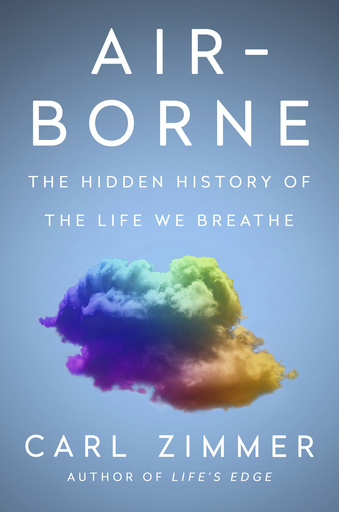In “Air-Borne: The Hidden History of the Life We Breathe,” author Carl Zimmer brings an often overlooked subject—aerobiology—into captivating focus, presenting it in a style that merges elements of detective work and horror.
The work encapsulates a comprehensive and engaging history of airborne life research, tracing its development from the time when Louis Pasteur famously held a glass globe atop a glacier to the urgent efforts of scientists battling COVID-19 in the recent past.
Zimmer underscores the crucial importance of aerobiology in combating a range of airborne illnesses, including COVID-19 and influenza, throughout history. He illuminates the contributions of lesser-known individuals who significantly advanced the field, such as William Firth Wells, a pioneering figure whose research was instrumental in deciphering the transmission methods of airborne diseases, particularly highlighted during the pandemic.
Additionally, the book reveals the unsettling ways in which the findings from Wells and his contemporaries were misappropriated to justify the development of biological weapons.
Through a harrowing account centered around an outbreak at a choir rehearsal in Washington State, Zimmer vividly illustrates the manner in which COVID-19 was transmitted through the air and highlights the disconnection and challenges faced by health officials in communicating this airborne nature to the public.
As Zimmer articulates, the pandemic transformed our perception, making “the ocean of gases surrounding us visible.” His book serves as an essential resource for comprehending the intricate and often hidden aspects of our environment.
Copyright @2024 | USLive | Terms of Service | Privacy Policy | CA Notice of Collection | [privacy-do-not-sell-link]


